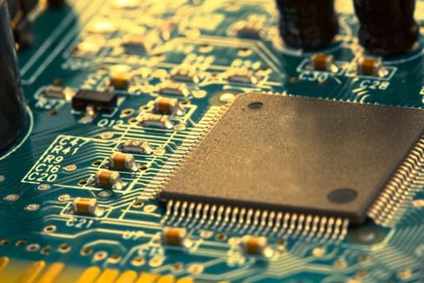In this era of best technological innovation, all manufacturing units, OEMs, small and medium-sized enterprises, large companies and giant enterprises are completely infiltrated by electronic equipment and instruments. Even an hour of downtime or electronic failure can cost a considerable amount. In addition, one of the root components in any device or machine is a printed circuit board, whether it is a simple or complex PCB layout or PCB assembly. When the PCB is placed in an external environment, the possibility of failure will increase due to pollution, humidity or any type of thermal conditions. Due to the need for PCB repairs, PCB rework, machine/equipment depreciation, low asset life expectancy, indirectly affects work efficiency, fast turnover, delays in order delivery, and high defects, which may cause financial impact. Mass production and more production problems. There are some simple remedies that people can practice by themselves to strengthen the PCB as an advanced defense against faults placed in the external environment. Read more to find out which solution is best for your PCB distribution.
What is the best practice to avoid PCB failure
One of the general causes of circuit board failure in the external environment is mainly due to moisture/humidity on the circuit board. When printed circuit boards are deployed, there are now different types of solutions to protect the circuit boards from moisture. Whether it is outdoor sensor systems, high-energy motor controllers, high-power battery chargers, industrial load testers, ultrasonic technology, water treatment plants, robotic cable assemblies, aerospace, electronic equipment, marine technology, extreme outdoor PCB applications in telecommunications projects When the PCB components or military and when the PCB is exposed to a humid environment, defensive equipment, condensation and other uncertainties caused by dangerous climate reactions can destroy the circuit.

In addition to chemical, industrial, medical, robotics, metal processing foundries, automotive industries, glass factories, microprocessor industries, agricultural sectors, airline operations, e-banking, and telecommunications industries all face these types of problems. Renewable, sea water treatment and the entire power plant.
The simplest measure to prevent PCB failure in the external environment due to moisture invasion:
The PCB should be equipped with a tight enclosure and a strong sealing system. In some cases, a sturdy custom enclosure is required to protect the PCB from moisture. These include situations where the housing needs to be opened regularly; due to circuit wiring or other environmental conditions, drilling holes in the housing. Put the PCB in the box or box. The case should have rounded sides in order to quickly drain the condensate from the PCB. In addition, you can also use desiccant to absorb it, these desiccants can easily absorb the moisture in the box. Apply a suitable conformal coating on the printed circuit board. When selecting coating materials, the characteristics that should be concerned include moisture resistance, chemical resistance or temperature range coating, its high protection against moisture, air gaps on the circuit board, rain, corrosive chemicals, salt water, pesticides, fast Thermal changes or any other uncertain external climate. It is recommended to consult a professional PCB manufacturer to understand the flow rate and viscosity required for the conformal coating of the PCB, which proves that there are many solder joints, sharp edges and irregular topography on the printed circuit board when the circuit board has a high degree of flexibility. Use protective materials such as silicone or epoxy to embed the entire PCB to protect the PCB from external objects in advance. PCB manufacturing technology now has a variety of options that can achieve low thermal expansion and high thermal conductivity to eliminate problems related to temperature control and solder joint strain. The use of effective PCB layout software can help merge component specifications for embedded designs. In addition, it helps to verify and track the appropriate components for a specific material or coating.
PCB failure in outdoor environment due to thermal conditions:
In many cases, outdoor electrical equipment or equipment residing in the control enclosure eventually fails or shuts down due to thermal conditions. The temperature is too low or too high will produce a lot of fluctuations, resulting in PCB rework or repair. Overheating of electrical equipment or extending the service life of internal electronic equipment is a thermal issue that is of great concern when installed in an external environment. On the other hand, harsh or difficult hot climates include the presence of solvents, oils, corrosive substances, sugary, corrosive, salt water, fibers or the risk of dusty atmospheres. For this reason, simple practices can be chosen to avoid PCB failure during thermal problems. These include:
Regularly calculate the internal heat of the circuit board that needs to be balanced. According to the type of harsh environment, work harder to choose the right IP. According to the installation purpose and the type of climate response at the installation location, efforts are made to determine a better heat dissipation solution and a suitable type of installation process. Used for early detection of condensation In order to avoid too large or too small PCB components, it is necessary to regularly track and measure humidity (dry, humid or very humid) and air temperature (maximum average temperature). Strict inspection of the installation area helps to obtain the actual constraints that the electrical equipment will expose. Regularly analyze and measure the air quality at the installation site.